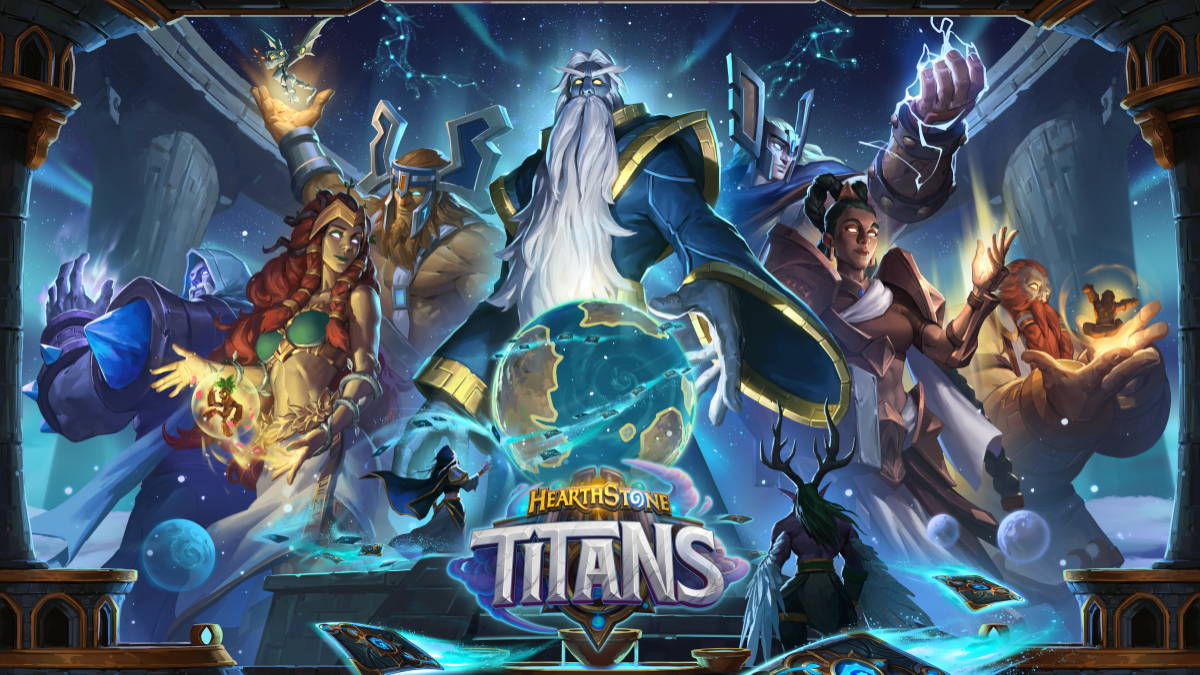Following last week’s announcement of Mindware Studios’ new action title Cold War, we pinned down members of Mindware’s development team to find out about the concept behind the game, the game engine and more.
Could you tell us about Mindware and the team working on Cold War?
Karel Papik: Mindware Studios was founded about a year ago as a Czech-American company based in Prague, The Czech Republic. The setting up of the company was motivated by the fact that at a certain point in time, there were several exceptionally talented people available who showed interest in the new project. I consider it great luck to be able to cooperate with such personalities as Tomáš Pluhařík (lead designer and team leader of Hidden & Dangerous series), 3D artist Lukáš Menšík (3D graphics and animation on the Hidden & Dangerous series) or programmer Michal Řeháček (who previously worked on the game Original War).
Can you give us details about the concept behind the game?
Tomáš Pluhařík: Cold War is an action game, which emphasizes stealth and hiding. The protagonist – journalist Chaser Jones – does have weapons to destroy his enemies but most of the time, he faces large numbers of stronger and far better equipped enemies. Thus, his chance lies in outwitting or tricking them rather than trying to brutally gun them down.
The story of the game sets our hero on the trail of a hot story, Chaser arrives right in the middle of the communist USSR at the height of the Cold War. While there, he comes across a plot to sabotage the Chernobyl nuclear power plant, but soon discovers that Chernobyl is just the beginning. He’s on the trail of a far-reaching conspiracy, which might be too much for one journalist to handle…
There’s quite a few stealth action titles starting to appear on the market so what has inspired you to create Cold War?
Tomáš Pluhařík: It depends on your definition of stealth game. Some people would include in this category even such titles as Rainbow Six where, even though the player has to move slowly and carefully, the ultimate objective still tends to be shooting up all the hostile bad guys. Real stealth games are Thief, Metal Gear Solid or the upcoming Splinter Cell. I don’t think there are that many games of this kind and it is definitely a category where there is plenty of room for creativity.
A photographer is not really an obvious choice for a hero. What inspired you to come up with the character of Chaser Jones?
Tomáš Pluhařík: We very much hated the idea of making up yet another super-cool agent dressed up in black stretch pants 😉 We wanted to create a hero who is tough but credible, real. Someone with strengths but also weaknesses, a hero with a character whom players will quickly and easily identify with.
Chaser Jones is cool, we should get that one straight right away. He works as a journalist but he is about as much of a journalist as Indiana Jones is an archeologist. He is more of a thrill seeker, a war reporter, an investigative journalist but above all, he is an adventurer. Readers dig his articles, he is their hero. His editor realizes very well that due to their popularity, Chaser’s reports are vital for the newspaper. Yet, the reporter’s unorthodox methods often drive his boss to the verge of a nervous breakdown. Chaser is rarely satisfied with the role of a passive observer and tends to prefer extensive involvement. No wonder that in his trail, he leaves heaps of car wrecks and hosts of crippled villains.
What sort of features can gamers expect? Will Chaser Jones have any special abilities?
Tomáš Pluhařík: Chaser Jones utilizes the skills and abilities he has gained in the course of his previous headline-making adventures. He can move inconspicuously and stealthily, hide behind obstacles, disappear in shadows, stun enemies. When things get sticky, he can handle a number of his weapons. Nevertheless, his inventory consists mostly of gadgets useful to trick or avoid enemies. For instance, his camera is equipped with a lens that also functions as a telescope and a flash useful for blinding enemies who are using night sight.
What can you tell us about the game locations and what sort of research has the team had to do to create the game world?
Tomáš Pluhařík: The story takes place in the communist Soviet Union during the cold war. We chose these settings not only because they perfectly fit our gameplay but also because we have personal experience from this era. We can portray the world behind the iron curtain in a very real and credible way, which is our great advantage.
Chaser Jones travels to many intriguing sites in the Soviet Union. For instance, we get to find out the real background of the Chernobyl accident (if you believe it was an accident:) or why Michail Gorbachov is not fond of the Baikonur space-launch center.
Artificial intelligence (AI) can really contribute to games such as Cold War. What can you tell us about the game’s AI?
Tomáš Pluhařík: We believe that the AI will be playful and entertaining. Different enemies react in different ways, they have specific strengths and weaknesses and its up to the player to find the right strategy to handle each one of them.
And what about the game engine?
Michal Řeháček: We are using our own in-house-programmed Djinni engine. Using a custom engine rather than licensing one brings many advantages. One of the most considerable benefits is the opportunity to adapt the engine to the needs of the game as much as necessary.
With our Djinni engine, we will be able to port the game to other platforms than PC’s running Windows. The engine has only one module that communicates with the operating system (particularly, its graphics subsystems) so porting to other platforms should be as easy as replacing this single module. Creating a new game based on the same engine – by our company or a potential licensee – should be just as easy.
The graphics module of the engine currently works best on GeForce-2 and newer chips from NVidia Corporation. In the near future, we will be adding specific optimizations for more graphic cards – ATI Radeon being one of them. GeForce-2 is even today a low-end chip and the engine works on it pretty well and fast; that means that – at the time of release – owners of low-end hardware will not need to upgrade their machines to play our game.
What can you tell us about the graphics and the artwork of the game?
Lukáš Menšík: The graphics and the atmosphere of the game aim to revive the eighties as the time of the cold war – a struggle of superpowers – and deep communism as we experienced it and remember it. Using today’s technologies, we will bring players a truly authentic experience.
You mentioned your commitment to support the Mac and Linux. What is the reason for this strategy? Can Mac and Linux gamers expect a simultaneous release of the game with the PC version?
Karel Papík: Thanks to the engine being based on OpenGL, the game runs on Windows, Linux and eventually even MaxOS X without any dramatic extra development costs. Compared to Windows, these markets are not large but I believe that users of these platforms also like to play and I don’t see why we shouldn’t let them. However I admit that to our programmers, the question of Linux is a matter of the heart. 😉
What will be the hardware requirements of the game? Will gamers with lower-spec machines be able to play without problems?
Karel Papík: We believe that not only thanks to its gameplay but especially because of its settings, the game will be interesting not only to hard-core player but also to the broader gaming audience. That is why one of the basic requirements on our Djinni engine was low hardware demands. The screenshots we have published so far are from G-Force 2MX on PC AMD 750Mhz at the frame rate 30fps.
How long has the game been in production and in case you already know, do you have an estimated release date?
Karel Papík: Mindware Studios has existed for almost a year and in the meantime, we are finishing an evaluation demo for potential publishers. The actual game will be completed in one year.
The site mentions that console ports may happen for the Xbox and PS2. Is this something you see as important to the success of Cold War?
Karel Papík: Even though our development costs are much lower than is common in e.g. the USA, we must consider console ports in order to improve the return of the project. However, this will be very much a question of negotiations with the publishers together with whom we would like to find the right strategy. In any case, the more players are able to play the game, the better. I hope they will enjoy it. 😉
Recommended Videos
PC Invasion is supported by our audience. When you purchase through links on our site, we may earn a small affiliate commission. Learn more about our Affiliate Policy
Author
Paul Younger
Founder and Editor of PC Invasion. Founder of the world's first gaming cafe and Veteran PC gamer of over 22 years.
We have upgraded our commenting platform! Existing comments will be imported over the next few weeks.






Published: Apr 21, 2008 04:30 pm